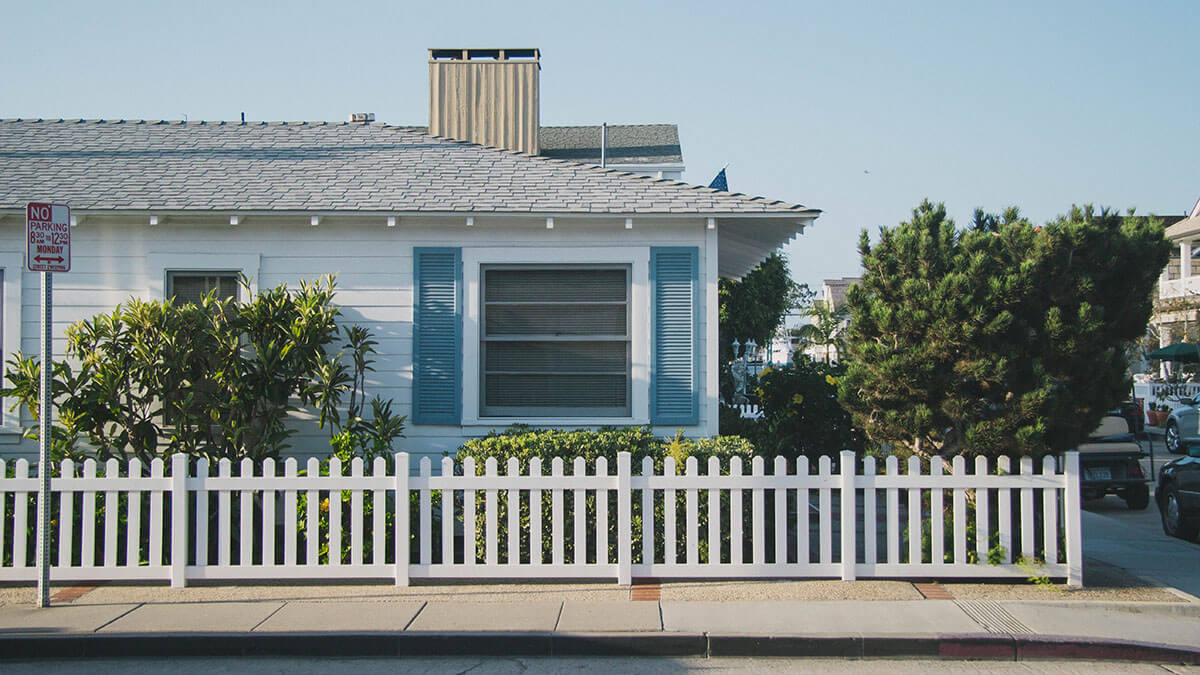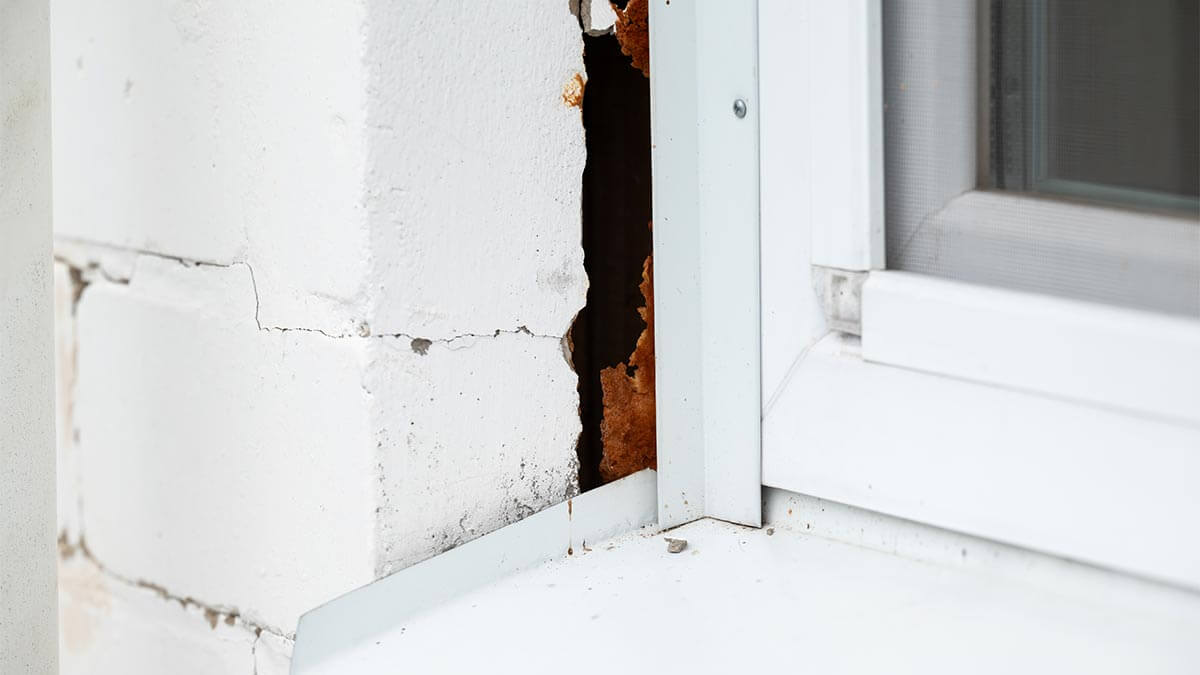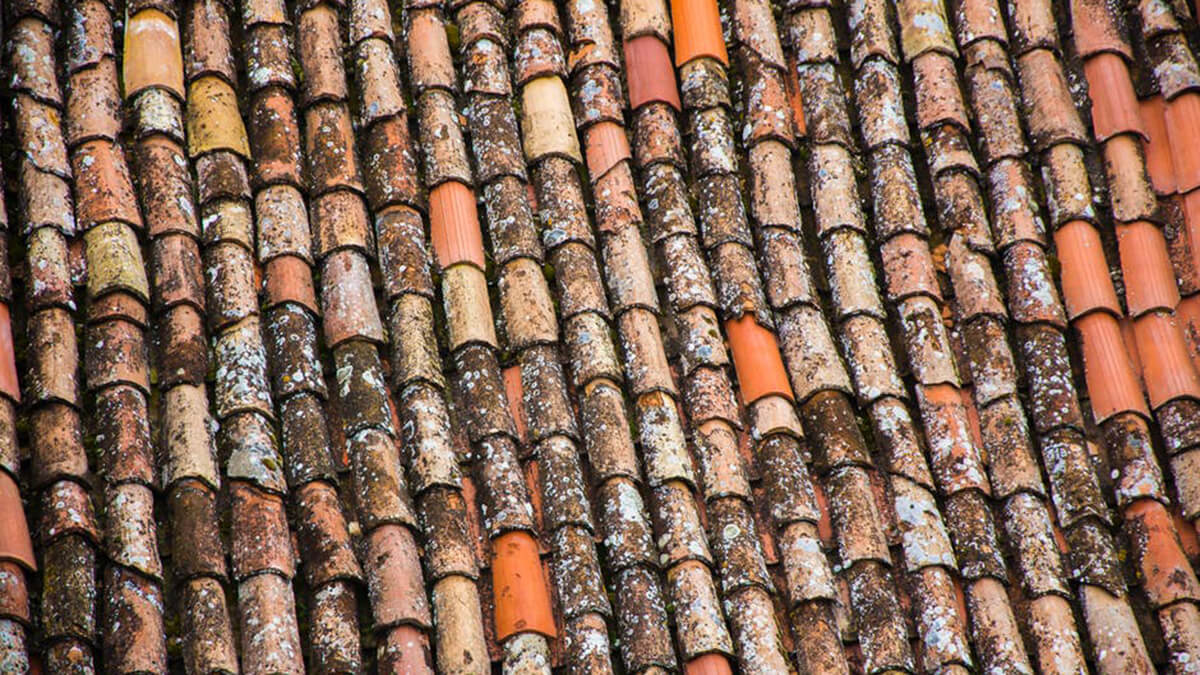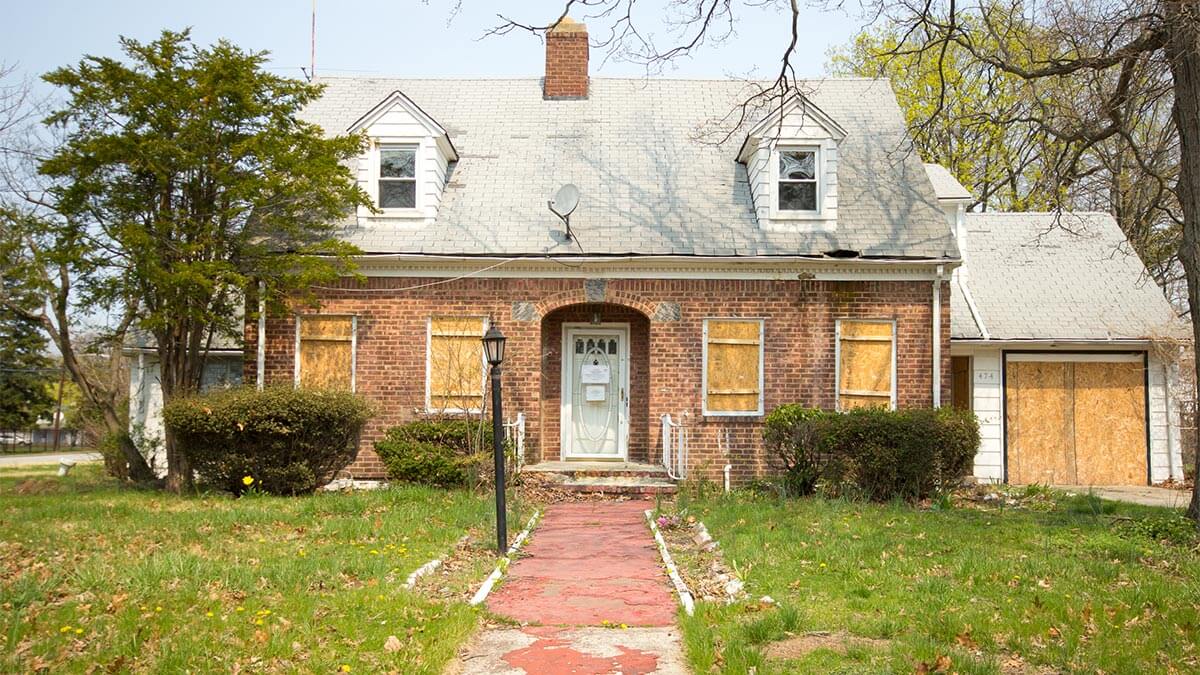Did you know that over 500 thousand homes are sold every month in the United States alone?
Buying a home is a serious investment and is often the largest single investment most people will ever make in their lives. This demand has created a great opportunity for both real estate developers and investors to build and renovate homes to put on the market.
Ever wondered, what is the 70 rule in house flipping? This is a general rule of thumb that helps guide real estate investors as they plan a flip. This rule is arguably one of the most important and should be used by everyone trying to maximize their profits when flipping a home.
Interested in learning more about house flipping and the 70 rule real estate investors use to maximize their profits? You’re in the right place. Read on for everything you need to know.
The basics of flipping houses
Real estate investors that want to flip homes have a very simple goal: buy an undervalued home, renovate the property, and sell it for a profit. Homes get sold for several reasons. Owners may be relocating, or the property may have been inherited from a family member that passed away.
Either way, real estate investors are always on the lookout for properties that could quickly be upgraded and flipped for a profit. While this may sound easy in theory, home flippers are constantly doing the math in their heads to try and figure out if a home would be worth buying.
What is the 70% rule in house flipping?
This is where the 70 rule comes in, as it can help real estate investors figure out whether or not a property would be worth investing in. This rule basically means that investors should not pay more than 70% of the home’s after-repair value.
What is the after-repair value?
The after-repair value, or ARV, of a home is what the home could be worth once all the renovations are complete. This is where real estate investors can flex their eye for opportunity, as they are experienced in how to make the most of any space.
While most of us may see a broken-down home, professional real estate developers can see the potential. Experienced developers will take a wide range of factors into account to try and determine a home’s after-repair value. This includes doing market research to compare the property with similarly designed homes in the area.
Despite the fact that many people may try and take the cost of the home and add on the repairs, the more accurate method to determine a home’s after-repair value is to look at the general market. This is where the average homeowner may not be as knowledgeable as real estate developers or industry professionals.
How homes get their value
Property tends to derive most of its value from the general property market. This is evident throughout the country as a one-bedroom apartment in Ohio is much more affordable than a one-bedroom apartment in New York City. This is because of the demand for property in New York, along with the intrinsic value of property in the city.
Instant Valuation, Confidential Deals with a Certified iBuyer.com Specialist.
Sell Smart, Sell Fast, Get Sold. No Obligations.
This applies to the general real estate market, as most homes are priced according to the sales price of the most recent sale in the area. Classified and real estate websites take this into account and even list some of the most recent sales in the area for potential home buyers to get a good idea of what property is going for in that area.
With this being said, real estate investors will do their research to find out how much the home could potentially be worth after all renovations are complete.
How to make money flipping houses
The primary goal of flipping homes is to make the most amount of profit possible. The ability to profit from selling a home relies on you buying and repairing the property for much less than you eventually sell it for.
This follows a very simple formula that takes both the cost of the home and the cost of repairs into consideration. The formula looks something like this:
Profit = After Repair Value – (Cost of Home + Cost of Repairs)
The 70 rule in house flipping
While there are tons of ways to reduce the costs of repairing and upgrading the home, the easiest way to make sure that you profit on a property is to use the 70 rule. As mentioned above, this is a general rule of thumb to help investors figure out if the home is worth investing in.
This rule helps investors know the maximum amount of money they can buy the home for in order to still make a decent profit at the end of the day.
The rule simply states that investors should not spend more than 70% of the home’s after-repair value after deducting the repair costs. To make this simple, you can break it down by using a formula. The formula looks something like this:
Maximum Buying Price = (After Repair Value x 0.70) – Estimated Costs of Repairs
As mentioned above, this formula tells investors how much they should buy the home for in order to still make a profit after they completed repairing the home. This is why investors deduct the estimated costs of repairs from the ARV of the home in this calculation.
If you rework the formula, it basically means that the price that you pay for the home plus the cost of repairing the home should only account for around 70% of the home’s end value. This ensures that the property you have at the end of the day is worth 30% more than what you paid for it, confirming a decent profit in the process.
Profits
While many may see this as only a 30% profit, the math actually works out to ensure that investors walk away with a profit of around 42%. However, it’s important to understand that this is just the gross profit if the home manages to sell for its after-repair value.
There are also a few other costs to factor into your calculations to get an accurate picture of how much money you stand to make on a house flip. Additional expenses such as registration costs, utilities, taxes, closing costs, and capital gains taxes should also be factored into the equation.
Capital gains tax
The capital gains tax (CGT) is a special tax that is applied to the profits that investors make when they eventually sell their investments. While many are aware of this tax when selling stocks and shares, it also applies to physical investments such as real estate.
While the capital gains tax is 0% for long-term investments, the rate can be a lot higher for investors looking to buy and sell investments quickly. This makes it a tax that house flippers should take into consideration when thinking about making a profit on a home.
This is one of the main reasons why house flippers need to make sure that they are making enough profit on a home, as they may have to pay a decent percentage of their profits to the IRS. If an investor buys the home and sells it within the same year, they will have to pay short-term capital gains tax.
Short-term capital gains tax is determined by the individual investor’s personal income bracket. This means that the rate can be anywhere from 10% to a staggering 37% depending on how big the real estate investor is and how much money they make every year.
While short-term capital gains tax can reduce the amount of profit a property investor takes home, this tax is only calculated on the profit after all expenses have been deducted. This includes administration costs, repair costs, advertising costs, and even closing costs to secure the sale of the property.
Deducting these expenses from the gross profit reduces the amount of capital gains tax the investor has to pay. In most cases, real estate developers flip homes through a company. Doing this helps deduct additional costs and further reduces their tax liability at the end of the year.
How to increase your home’s value
Once an undervalued home has been purchased, there are tons of things you can do to organically improve the value of the home. As mentioned above, real estate developers would have already estimated the after-repair value of the home as part of their initial calculations.
Despite this, there are a few things developers can do to make the most of their investment and maximize the value of the property as they get ready to put it back on the market. Here are some of the most effective ways to increase your property’s value.
Natural light
When renovating a home, make sure you introduce as much natural light to the space as possible. Natural light is one of the best ways to make the space feel bigger and more comfortable. In addition to this, natural light helps reduce your energy consumption as you won’t need to use your interior lights as much.
Natural light can be introduced by installing large glass windows, glass sliding doors, or even a skylight. While skylights are more costly, sliding glass doors are one of the most efficient ways to improve the space. This is because sliding doors don’t take up floor space when they open, making the room feel larger in the process.
LED lights
The lighting you use in your home can help make the home more appealing to potential buyers. This is because LEDs are far more reliable and use less energy to light up the home. To buyers, this shows that the home is low-maintenance and future-proof.
LEDs also light up the room without producing too much heat. This can help keep the home cool during the warmer months of the year.
Smart home devices
While smart home devices are by no means cheap, they are steadily becoming more affordable. Smart home devices can allow homeowners to control various aspects of the home from their phones. This helps make the home more practical and convenient while increasing the home’s value at the same time.
Solar
One of the biggest trends in the real estate market is the rise of solar. Installing solar panels in your home is a great way to quickly increase the home’s value. Research has shown that prospective buyers are actually going out of their way to find homes with solar panels as they know this means lower utility bills every month.
Curb appeal
A home’s curb appeal plays a major role when valuing a property. The curb appeal of a home refers to how the home appears to people as they pass the property. Some of the best ways to improve your home’s curb appeal are to invest in front-yard landscaping and even consider investing in lights and pathways to your door.
Flipping houses made simple
If you have ever asked yourself, what is the 70 rule in house flipping? Hopefully, now you know.
This general rule of thumb is known as the 70 percent rule real estate investors rely on to make sure that every project remains profitable. This, along with various other techniques, help make flipping a home easier than ever before.
iBuyer.com offers a wide range of tools to help you save time by finding qualified buyers for your home. You can learn more about our services by visiting our home page and even get a free home valuation online!




